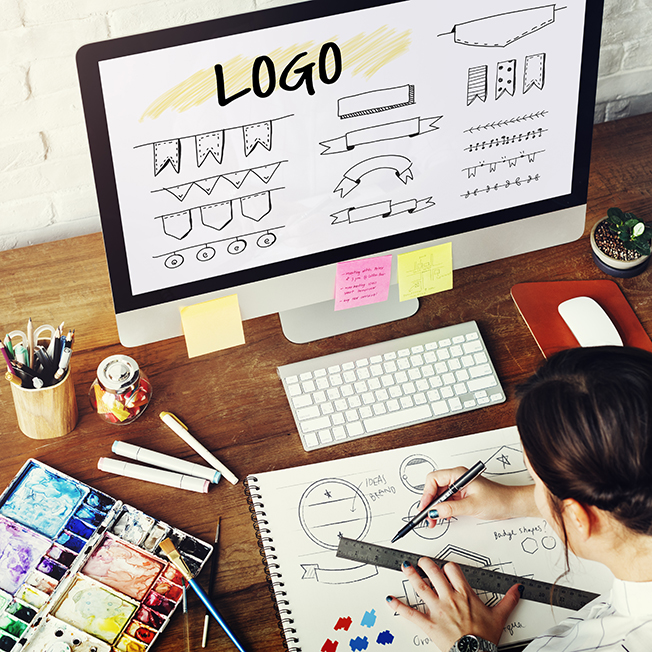
Intellectual property basics for startups: trademarks
The crown jewel of a typical technology company is its intellectual property portfolio. Having a good basic understanding of intellectual property protection is essential for entrepreneurs to extract value out of their company's key assets and manage opportunities and risk arising from them. Trademarks are among these key assets.
What is a trademark?
Trademarks[1] are words, names, symbols, slogans, smells, sounds or devices used by manufacturers of goods or providers of services to identify their goods and services. Trademarks include the bitten apple logo for computers, the word "Google" for Internet searching, the roar of the MGM lion for films, and a unique bottle design for soft drinks. Trademarks can endure forever so long as they are continuously used. Trademark rights in the United States can arise through use but such rights are limited to the geographic area where the mark is used. However, a federal trademark registration provides the presumption of rights throughout the United States, and companies can file for future protection of the trademark prior to use. By contrast, most foreign countries require registration with the government before recognizing trademark rights except, in some cases, for "famous" marks (startup trademarks are unlikely to be "famous" by these standards).
When can something be protected as a trademark?
Most products and services can be protected by a combination of intellectual property rights. For example, computer software can be protected by patents, copyrights, trademarks and trade secrets. Microsoft protects certain functions of its Windows software with patents; it uses copyright to protect the actual code of the Windows software from copying; it uses trademark law to protect the "Microsoft" and "Windows" trademarks which identify the product; and it uses trade secret law to protect the structure and methodology of its source code. However, once a patent is issued, trade secrets in the part of the computer software protected by the patent will be disclosed and will no longer be protected by trade secret law.
Trademark law prevents a third party from using a trademark which is confusingly similar to the trademark of the startup. Confusing similarity depends on a number of factors, including the closeness of the trademark, the goods or services and distribution channels. Descriptive words, such as Windows for a window based operating system, are difficult to protect. In fact, some words cannot be protected under trademark law: the general term for a type of goods (a "generic" term) cannot be used as trademark, because all companies in the market need to use it. For example, "CAM" would not be protectable for computer aided manufacturing software. The strongest trademarks are arbitrary marks.
What happens if my company does not have a good trademark?
Although trademarks were once ignored by technology companies, Intel has proven that trademarks can be very valuable. The company's "Intel Inside" campaign has increased its ability to sell its semiconductors to manufacturers through demands by customers for Intel microprocessors in their personal computers. Trademarks can be a valuable asset, but startups frequently do not select their trademarks carefully and adopt trademarks which are difficult to protect. For example, Microsoft adopted "Windows" as the trademark for its operating system. Unfortunately, the word "windows" is descriptive because it describes an important feature of the way the graphic user interface operates. Thus, obtaining any registration protection for this mark required many years of use and great expense incurred in advertising and promoting it to demonstrate that it had acquired distinctiveness. However, proving "acquire distinctiveness" in descriptive terms is a high hurdle and will often not be possible. This "genericide" risk is important for technology companies introducing new types of products. A trademark which becomes "generic" is no longer protectable and can be used by anyone. Google is beginning to have this genericide problem as more individuals use "google" as a common term for Internet searching, whether or not based on the Google search engine. If Google is not able to correct this problem, "google" may join "escalator" and "thermos" as trademarks which became "generic" and ceased to be protectable. The cost of changing a trademark can be very expensive: in addition to the cost of litigation and any settlement damages, companies must incur costs to change marketing collateral, not to mention lost investment and goodwill in a brand that is being replaced and the investment in clearing and building a new brand behind a new mark.
What do I do if I have a question?
If you have questions about ensuring that your company has all the intellectual property rights it needs to get started we're here to help. Reach out to our Technology Sourcing and Commercial practice.
If you would like to know more about the process for registering a trademark, please contact our Trademark practice. You can also read about recent developments in trademark law by reading our ReMarks Blog, found here.
Also, if you're interested in learning more about copyright protection in other key jurisdictions around the world, see the IPT volume in our "Guide to Going Global" series. The current version provides an overview of intellectual property protections and key commercial terms in 35 countries.
[1] For purposes of this overview, "trademarks" includes service marks and logos and trade names.
Download PDF

